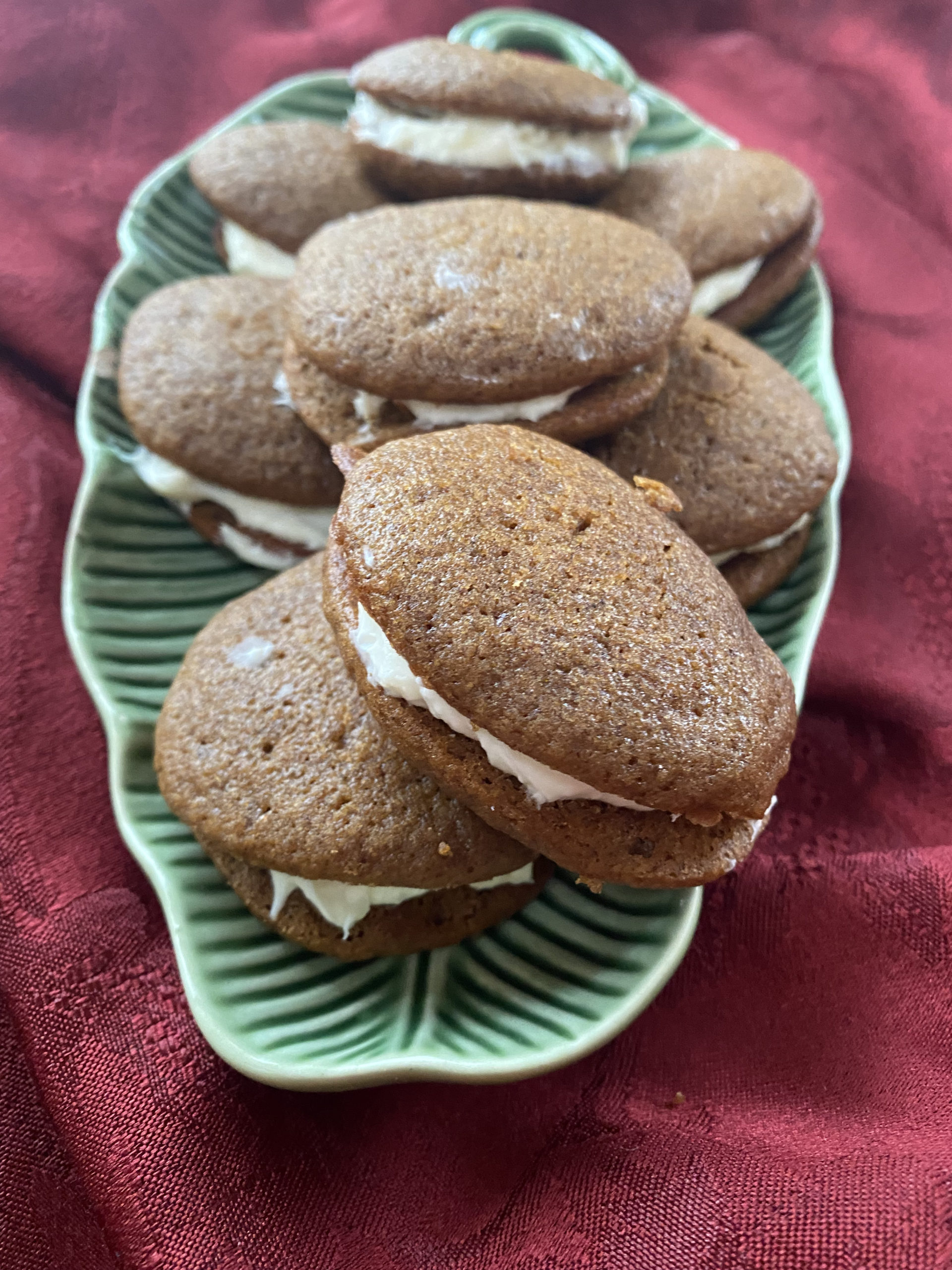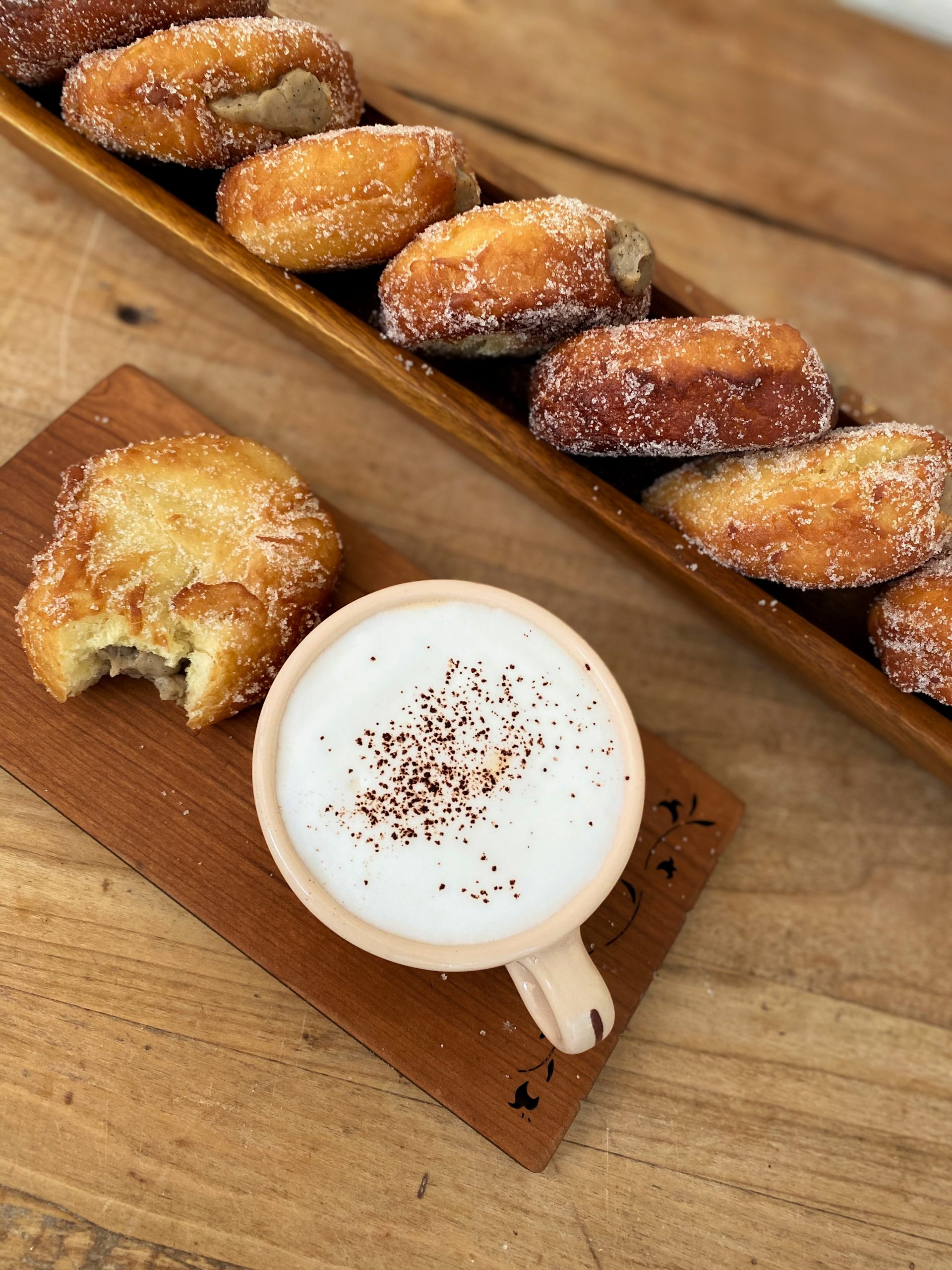In our ongoing coverage of organic foods, we speak with Helge Hellberg, executive director of Marin Organic, an innovative association of organic producers in Marin County, California, dedicated to creating the first organic county in the nation. The organization addresses today’s economic, environmental, social, and cultural challenges in new and creative ways, and has become one of the most progressive voices of sustainable agriculture in the United States.
Helge currently serves on the Board of the Ecological Farming Association (EFA),and has advised businesses, organizations, local and state governments, as well as U.S. Senators and members of the U.S. House of Representatives, on agricultural challenges and opportunities.
He is also the creator and host, with co-host Mark Mulcahy, of An Organic Conversation, which discusses innovative solutions to today’s environmental and social challenges, healthy living, and sustainable choices.
Family Eats: When we talk about organics, inevitably the conversation turns to which products are essential to consume organic, and which ones are not as bad for you. Can you comment on the importance of choosing organic all the time?
Helge Hellberg: The Dirty Dozen list is important, and has been expanded to include the most contaminated products out there, but the problem is that consumers automatically think these certain foods can safely be consumed if produced non-organically. Unfortunately, when we discuss pesticides, the conversation usually discusses toxicity as it relates to a singular raw material or product [or, chemical]. But in agriculture, it is a common practice to apply a multitude of chemicals at the same time, to save time, and money. So for instance, a peach grower may put anywhere from 10 to 16 chemicals on a crop, ranging from herbicides and pesticides torodenticides. While a single tested chemical may have a legally acceptable impact on the body, there is no research about the synergistic toxicity of multiple chemicals combined.
FE: But, we all know the cost of organics is higher than conventional products. Therefore, in a belt-tightening economy, many consumers feel that paying for organics simply isn’t an option.
HH: The impact on our society is greater when you decide to buy ‘cheap’ foods. On the shelf, the cost of non-organic food may be less than organic, but when you look at the true cost of production, everything that it took to bring that product to market, it is by far more expensive and non-organic food is the most expensive option we could buy. Whether it is your tax money in form of the $60 billion farm bill each year, or the cost of environmental clean-up of soil, air, and water, the price of non-organic foods is not what you see on the shelf. Add to this the fact that non-organic products are less nutritious than organic foods, because only what’s in the soil can be in the plant, and only what’s in the plant can be in our diet.
Most non-organic foods are grown in completely depleted soils, and therefore are lacking critical minerals and other nutritional elements. Last but not least, when you buy non-organic foods, most of what you buy is water. Non-organic produce is grown with a huge amount of synthetic fertilizer, it’s produce on steroids, and in the process, the plant absorbs a much greater amount of water. So while it may look great on the shelf, it’s simply a big, water filled balloon tomato with no flavor and little nutritional value.
So, non-organic foods are the most expensive foods consumers can buy for themselves – and for society. As with anything in life, there is no short cut. There is no cheap anything. Someone is paying for it – the child laborer half way around the globe, the environment, our own health, or our future generations.
Another interesting point to mention is that it is estimated that 20 percent of everything we buy rots in the refrigerator. And, the percentage of non-organic foods that rots is greater simply because of the higher water content. Additionally, most non-organic foods are shipped further, because they have been grown in an area of the country (or another country) that is perceived to be cheaper, so it doesn’t last as long as organic produce that was grown 50 miles away and picked the night before the farmers market. If we eat what we buy, or preserve it, then we can avoid that waste. Given that organic products show the real cost of production and often are 20% more expensive, buying organic and planning for your week so nothing goes to waste would already pay for the difference. When we accept this math, buying organic make sense and is possible on any budget.
FE: You touched on the concept of where food comes from, and how this is integral to the Buy Local movements. How do you define ‘local’?
HH: Local is usually defined as a geographical region that may extend 100 to 150 miles from your home. But I don’t think that captures the essence of local. For me, the idea of eating what is in season and what it grown in your region is good for the body. Our bodies adapt to the seasons, which is why green leaf lettuces and kale are ideal winter vegetables. They provide us the chlorophyll – or the sunlight – needed during the darker months.
Aside from eating the local foods, my idea of local is to know that hands that feed you. To know where it comes from and know how it is grown. That is the essence of local. But that doesn’t always mean it has to be grown within 100 miles from you home. This can also extend to products, such as coffee, or spices, that are grown in other parts of the world. The idea of local is to eat from your region whenever possible, and when not (as is the case with coffee), choose products that you know where they come from and who grew them. By asking yourself these questions, it is my belief that we will create a sustainable food system, by default.
FE: Sustainable. It is a complex concept that is confusing to many. How would you best describe ‘a sustainable food system?
HH: Sustainability is really just a definition for honesty. If there is something dishonest in our relationships, then it is not sustainable. If the production of a product has a substantial negative environmental impact, then it is not sustainable. If one believes that it is OK for a 7-year-old who is on the other side of the globe, who has to go to work without any chance every getting an education and produce a product that we think is great because it’s cheap, then that relationship is not sustainable. If you are wiling to have an honest conversation about a product or service and its impact and consequences from the environment to the person who produced it to the way we are using it, to the way we dispose of it after use, essentially a responsible way to do business and live an honorable life, then we are having a “sustainable” conversation.
FE: So, how does that relate to low food prices?
HH: As I mentioned, there is no ‘cheap’ anything. We are conditioned to love the bargain price. While $1 watermelons may be enticing, I learned early on from my parents, that if someone else makes a mistake, and you benefit from it, then one day, you will make a mistake and someone will try to benefit from that mistake. It all comes back to honesty. If the low watermelon prices are due to a bumper crop, and the farmer still makes money then there is no problem with enjoying the low prices. Nature gives abundantly, and we can celebrate a great harvest. But, if the low prices are due to something else [low wages for workers, low price to farmer, or grown in a way that is bad for the environment], then we will pay for it in the long run and that $1 bargain is an illusion. This is why buying local becomes even more important. For every dollar spent on local food, that dollar gets circulated 8-13 times (because of wages, other local businesses, local inputs on the farm, etc.) through that community before it leaves the region. So the economic benefit to that community is $8 to $13, for each dollar spent locally. If a county spends a million dollars on local food, that has economic power of $8mill – $13mill in the local area. Whereas, if that same dollar is spent in a chain store or multinational corporation, only pennies end up in the local economy. If consumers decide to pay 20 cents more for locally grown organic foods, then that choice will be returned to the community abundantly. Local organic food is great for the environment, great for your health, and great for our local economies. It’s the right choice, all the way around. A great resource for finding and buying local food anywhere in the US is a brand new website and search engine, called Local Dirt. www.localdirt.com.
Thanks, it was great speaking with you Laura. Good luck with all that you are doing at Family Eats.
[For an illustration of how buying local can impact the local economy, read here.]





